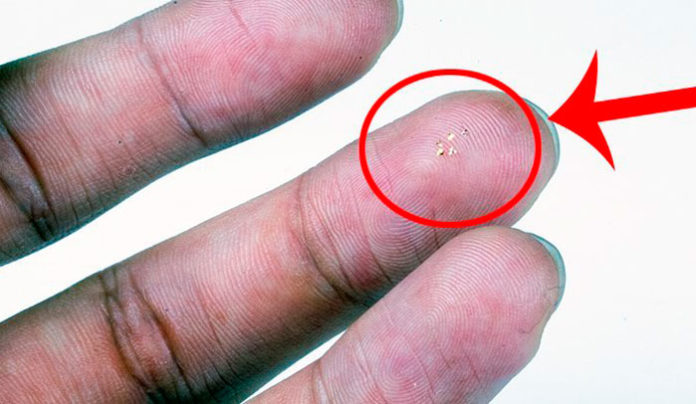Scientists at Northwestern University in Chicago, Illinois have unveiled what is arguably the smallest flying microchip ever built with a computer processor. Winged microchips could help control air pollution and track airborne diseases.
The design of the mechanism is borrowed from nature. The new chips, or “microflora”, are not equipped with their own motors. Instead, microchips, like the seed of a maple tree, fly in the wind, spinning like the blades of a helicopter.
Through long-term analysis of the aerodynamic characteristics of maple seeds, scientists have identified the ideal structures for slow, controlled flight. According to the developers, the created “microflora” even surpasses the natural design in-flight performance.
Scientists were able to integrate various electronics into microchips, including sensors for detecting particles in the air, sensors for monitoring water quality, light sensors for measuring the level of sunlight, electronics for collecting and storing light energy. There is a built-in central processing unit and storage, as well as an antenna for a wireless connection for transmitting information to a smartphone, tablet, or computer.
Once completed, the microcomputer decomposes fairly quickly without harming the environment. A device is being created now, and it will use the natural mechanism of dandelion parachutes, seeds of Javanese cucumber and other exotic plants.







